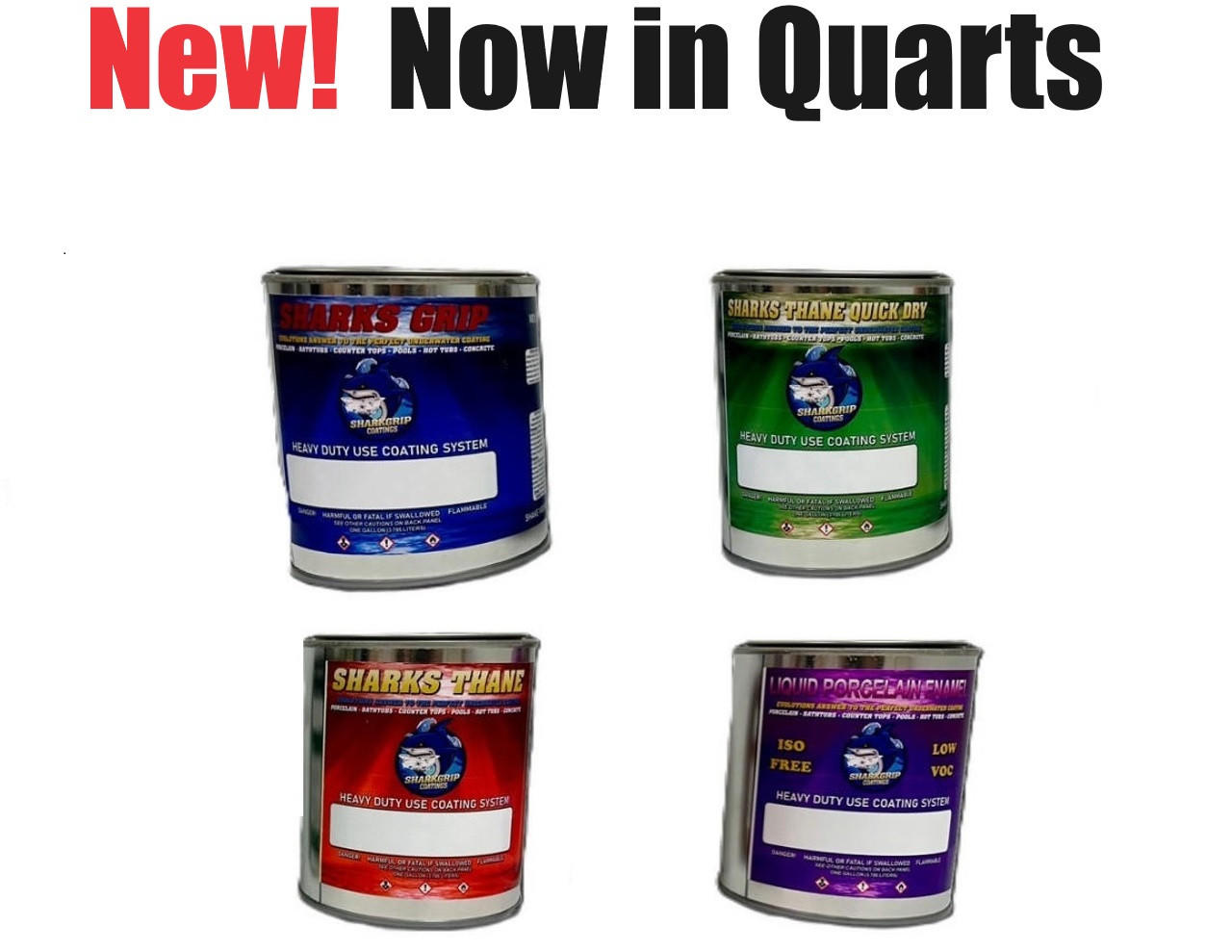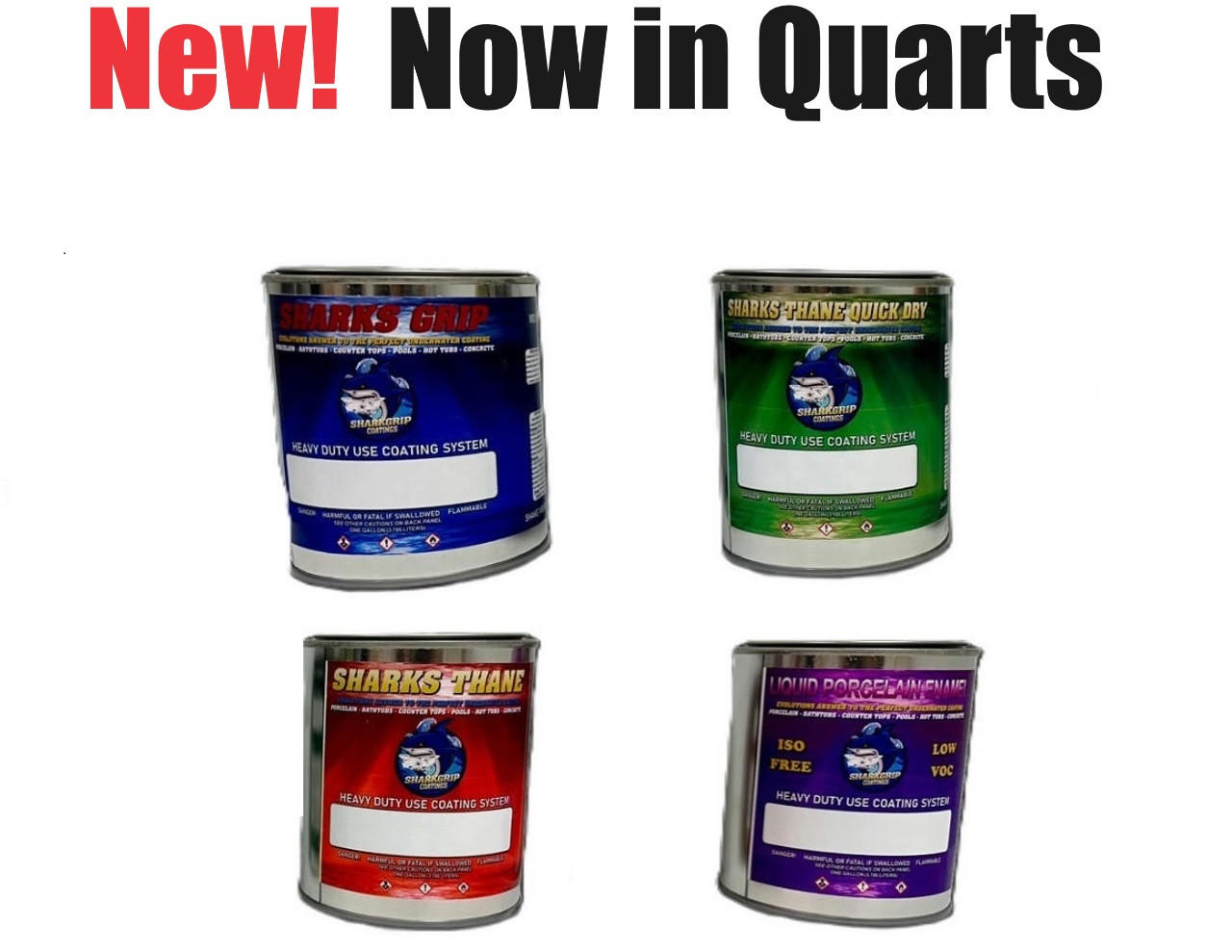Answer

May 06, 2025 - 01:54 PM
Technically, most coatings can be rolled. However, in the professional bathtub, tile, and countertop refinishing industry, rolling high-performance coatings is almost never recommended when a glass-smooth finish is expected.
🔍 Why Rolling Doesn’t Deliver a Glass Look
1. Surface Texture (Orange Peel or Stipple Effect) Rolling inherently introduces texture — often referred to as stippling or orange peel. This is due to: The nap or material of the roller. The inability to atomize the coating into ultra-fine particles (as spraying does). The surface tension of thick, high-solids coatings resisting self-leveling when applied by roll. Even with a foam roller or a short-nap microfiber roller, you still get subtle texture. While this may be acceptable on a wall, it’s unacceptable on a tub or countertop where customers expect a smooth, glossy, mirror-like finish.
2. Self-Leveling Limitations High-performance coatings used in refinishing (like 2K urethanes, epoxies, and acrylic blends) are formulated for spray application. They’re designed to: Be atomized into a fine mist. Land evenly on the surface. Flow and level into a smooth film before drying. When rolled, the coating may start drying before it has time to level out, especially with faster solvents or warm room temperatures. The result is a bumpy, uneven surface that lacks the desired professional aesthetic.
3. Gloss Reduction Rolling traps more air in the coating, leading to: Micro-bubbles. Uneven film thickness. Dull or hazy areas once cured. This robs the finish of the "glass-like" reflection and Distinctness of Image (DOI) that spray application achieves.
4. Inconsistent Film Build Spraying allows for consistent Wet Film Thickness (WFT) across large, curved, or detailed surfaces — essential for proper: Durability Gloss retention Chemical resistance Rolling may result in thin spots, runs, or heavy ridges, especially around corners and edges, leading to premature failure.
✅ Summary: Yes, coatings can be rolled. But if your customer is looking for a true porcelain-like gloss finish, flawless smoothness, and professional durability, spraying with the correct equipment is the only way to achieve that. Rolling is for walls — spraying is for refinishing.
🔍 Why Rolling Doesn’t Deliver a Glass Look
1. Surface Texture (Orange Peel or Stipple Effect) Rolling inherently introduces texture — often referred to as stippling or orange peel. This is due to: The nap or material of the roller. The inability to atomize the coating into ultra-fine particles (as spraying does). The surface tension of thick, high-solids coatings resisting self-leveling when applied by roll. Even with a foam roller or a short-nap microfiber roller, you still get subtle texture. While this may be acceptable on a wall, it’s unacceptable on a tub or countertop where customers expect a smooth, glossy, mirror-like finish.
2. Self-Leveling Limitations High-performance coatings used in refinishing (like 2K urethanes, epoxies, and acrylic blends) are formulated for spray application. They’re designed to: Be atomized into a fine mist. Land evenly on the surface. Flow and level into a smooth film before drying. When rolled, the coating may start drying before it has time to level out, especially with faster solvents or warm room temperatures. The result is a bumpy, uneven surface that lacks the desired professional aesthetic.
3. Gloss Reduction Rolling traps more air in the coating, leading to: Micro-bubbles. Uneven film thickness. Dull or hazy areas once cured. This robs the finish of the "glass-like" reflection and Distinctness of Image (DOI) that spray application achieves.
4. Inconsistent Film Build Spraying allows for consistent Wet Film Thickness (WFT) across large, curved, or detailed surfaces — essential for proper: Durability Gloss retention Chemical resistance Rolling may result in thin spots, runs, or heavy ridges, especially around corners and edges, leading to premature failure.
✅ Summary: Yes, coatings can be rolled. But if your customer is looking for a true porcelain-like gloss finish, flawless smoothness, and professional durability, spraying with the correct equipment is the only way to achieve that. Rolling is for walls — spraying is for refinishing.
![[EAH INDUSTRIAL]](https://data3.answerbase.com/answerbase/14455/Images/answerbase.brands.header3 (1).png?638469925900000000)




Add New Comment